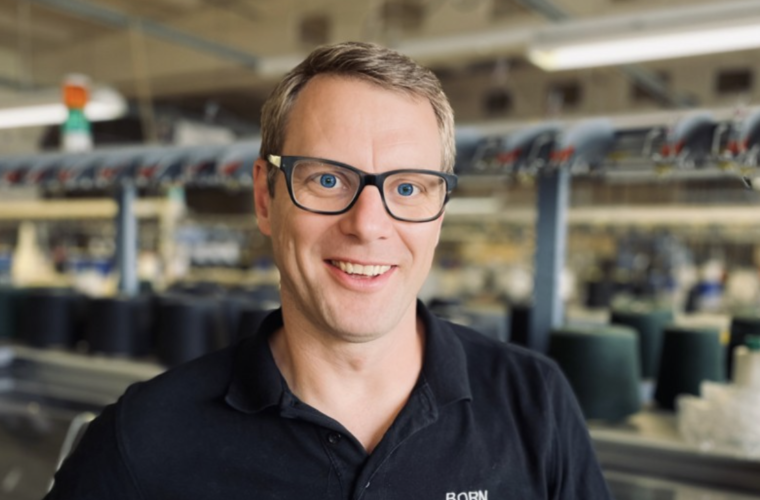Cambridge University researchers weave smart displays and fabrics of any size
Researchers at the University of Cambridge have led a team to develop a method to weave flexible displays and smart fabrics on inexpensive machines. Last year, the international team of academics produced a 46-inch fabric demonstration display and now claims to be able to make products of any shape or size cheaply. Smart textiles created with this approach can incorporate LEDs, sensors, energy harvesting and storage. Working in collaboration with textile manufacturers, the team has produced test patches of smart fabrics of about 50 cm x 50 cm, although this can be scaled down to larger sizes and produced in large volumes.
Dr Sanghyo Lee of the Cambridge Engineering Department is the research paper’s first author detailing the results. “We could produce these tissues in specialized microelectronics facilities, but they require billions of pounds worth of investment,” he said. “Also, the production of smart fabrics in this way is very limited, as everything has to be made on the same rigid wafers used to make integrated circuits, so the maximum size we can achieve is about 30 centimeters in diameter.”
Supported by the EU and UK
Dr Luigi Occhipinti, also from the Department of Engineering, who co-directed the research, added: “Even smart fabrics have been limited by their lack of practicality. Think about the bending, stretching and folding that normal fabrics have to endure, and it was a challenge to incorporate the same strength into smart fabrics.
These companies have well-established production lines with high-output fibre extruders and large weaving machines that can automatically weave a square meter of fabric,” said Lee. “So when we introduce smart fibers into the process, the result is basically an electronic system that is produced exactly the same way as other fabrics are produced.” The researchers say it might be possible to make large, flexible displays and monitors on industrial chassis rather than in specialized electronics manufacturing plants, making them much cheaper. However, further optimization of the process is required. The research was supported in part by the European Union and the UK Research and Innovation Union.

The fabricated fiber devices are inserted in the weft (horizontal) direction together with conductive threads in the weft/warp (vertical) direction by automated weaving, corresponding to the system architecture design. Interconnections between fiber devices and conductive threads in the textile are achieved by two-step contactless soldering using a 980-nm infrared laser. “We evaluate the performance of fiber devices after integration to verify the feasibility of both the weaving and interconnection approaches used,” researchers say. “To confirm the reliability of the fiber devices integrated into the textile through automated weaving and interconnection, tests for water resistance and long-term stability were conducted”.
A step into the future
The integrated textile electronic system proposed here is demonstrated via integration on a smart textile manufacturing platform, achieving specific and scalable functionalities such as photo sensing, electrical driving, energy storage, and light emission. The approach is demonstrated via automated methodologies for integrating fiber devices into the textile systems exhibiting multiple functions with successive operations that can be adapted to a wide range of optoelectronic applications. This technology class fundamentally differs from previous attempts to integrate electronics onto textile substrates, which follow conventional planar electronic integration and result in limited scale, function, and size.
The use of fibre-based functional devices in this study is a paradigm shift from two-dimensional to one-dimensional fiber devices, enabling them to be directly integrated into a textile through highly scalable automated weaving and interconnection. Besides, the developed outcomes bridge the gap of technological readiness between conventional textile manufacturing and modern electronics technology, which is an essential step toward the convergence of textile engineering and future electronic platforms.



